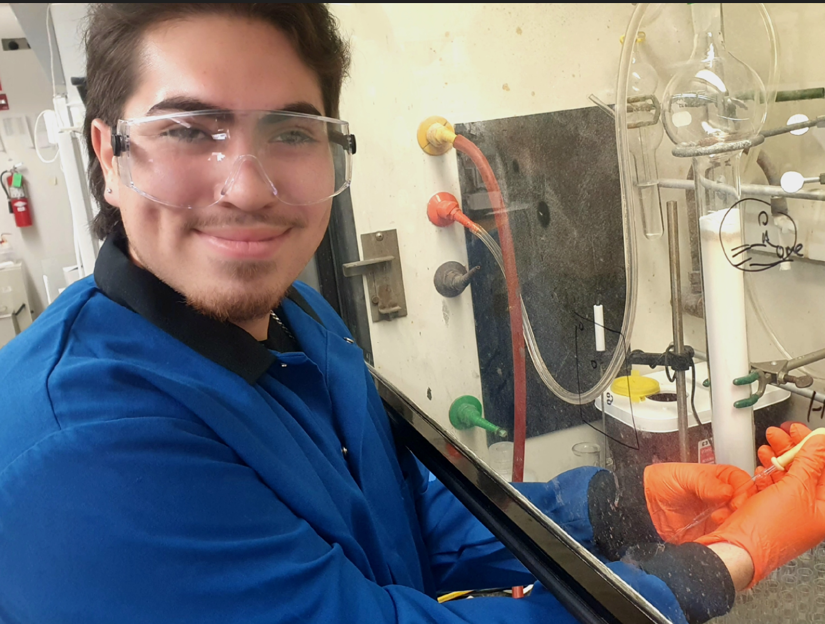
Synthetic hydrogels are the leading candidate for tissue engineering applications, such as regenerative medicine and drug delivery systems, due to their mimicry of an extracellular matrix, high water content, and ability to influence cell behavior. Digital light processing (DLP) 3D bioprinting of hydrogels is a promising technique in these applications as it enables reproducing complex constructs of natural tissues in high resolution. In general, DLP bioprinting requires a liquid aqueous resin that quickly cures under UV light, while remaining cell-compatible. Typically, such DLP resins rely on radical photo-polymerization, which compromises the viability of encapsulated cells and biomolecules. To circumvent this problem, we developed a radical-free, aqueous photo-resin for DLP bioprinting based on photo-induced Diels–Alder click chemistry. The resin employs the gelatin functionalized with a photocage of cyclopentadiene (Cp) and a maleimide. The gelatin network is promising to improve the cell-compatibility and printability of the potential hydrogels. The preparation of the water-soluble Cp photocage has been undergoing, based on a reported literature. In parallel, the functionalization of gelatin with maleimide was examined by analyzing its 1H NMR spectroscopy. When the reaction in dimethyl sulfoxide was conducted at 60℃, the 1H NMR spectrum showed a 50% conversion of primary amine present in gelatin, including 25% converted to maleimide, with another 25% converted to maleic acid. This result demonstrated the possible viability of this functionalization strategy, with further research ongoing to improve its yields and reproducibility.